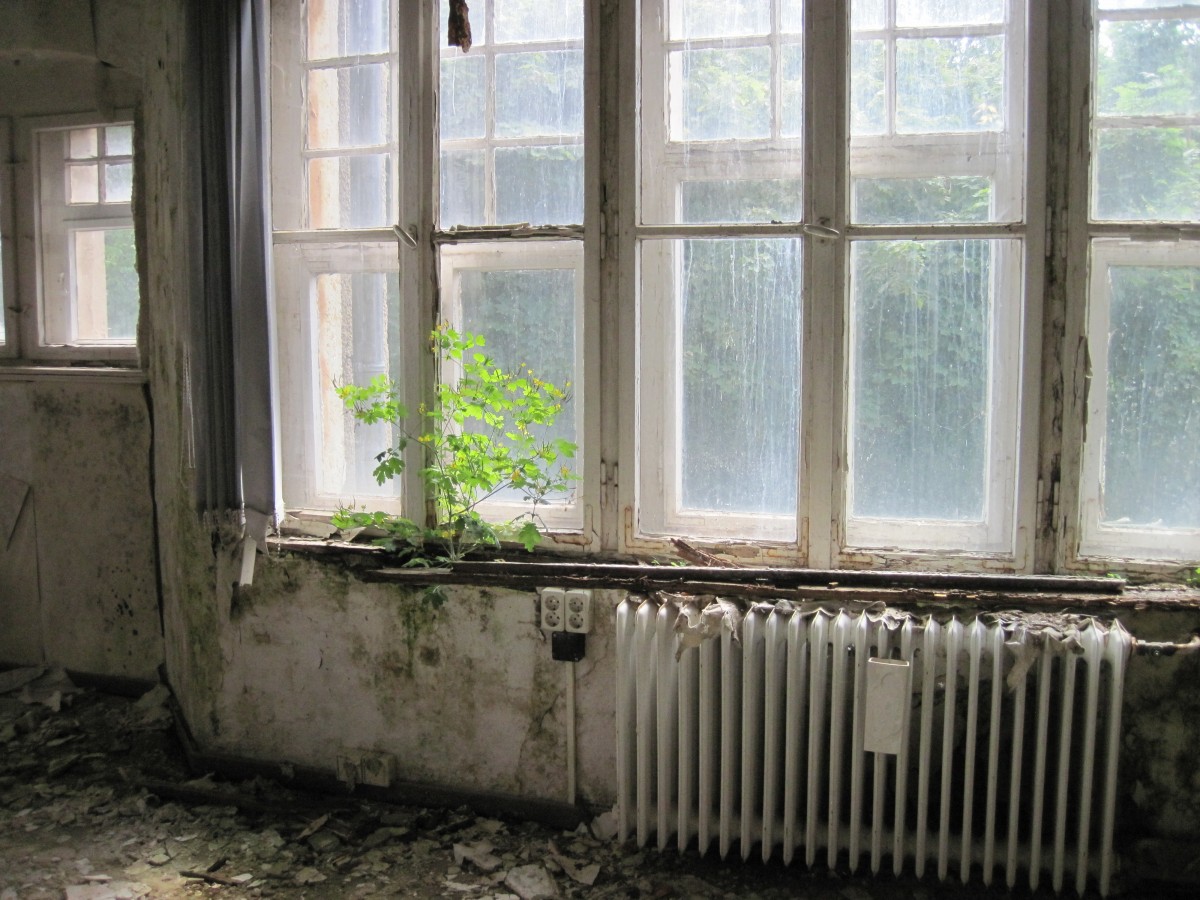How to Save On Heating Costs
The primary energy expense of a home is due to heating, which represents about 70% of the consumption of the house. If fuel poverty threatens many households, it is mainly because of the expense to heat their home. Means and tools exist to estimate or measure the energy expenditure of housing to act on the heating consumption, which is the first lever of energy savings in real estate.
How to estimate heating consumption? What are the tools to reduce energy consumption for heating? You will get the answers to all these questions in this post.
Estimating your heating consumption
Numerous studies and surveys show that the energy budget is an important item of our expenses. In all regions combined, individual heating is the predominant form of heating over the collective heating of households. It is, therefore, mainly on individual heating that savings must be made to limit energy expenditure and polluting emissions due to energy consumption.
The main heating expenses are due to the price of fossil fuels (gas and fuel oil) and electricity. Suppose it is difficult to influence the price of electricity (despite the regulated tariff). In that case, it is foreseeable that the price of fossil fuels (gas and fuel oil) will only increase as resources are depleted, as their extraction becomes more and more complex, and the consumer population grows.
Heating consumption according to the age of the house

Since the oil shocks, awareness has been raised of the urgent need to reduce household energy consumption, particularly their heating expenses.
The energy renovation of housing in order to limit heating consumption is an economic issue (economic balance of the country), social (maintaining the purchasing power of households), and political (limiting dependence on producing countries).
Thermal regulations have been put in place in the construction industry to oblige builders to build or renovate only in compliance with increasing obligations for energy-efficient housing and, therefore, mainly for heating.
The impact of energy-efficient construction has been felt in the heating consumption of households:
An old house consumes up to 240 kWh of energy per m² per year, of which 87% is for heating, i.e., 208 kWh/m²/year;
A new or renovated dwelling consumes only 60 kWh/m²/year (average depending on the region and altitude), of which only 30% is for heating, i.e., about 20 kWh/m²/year.
Diagnostic tools for heating consumption
There are levers and diagnostic tools to limit heating consumption without reducing comfort.
Levers for action
Without having to reduce the comfort temperature of your home, it is possible to act on different items:
Regulation: installing a thermostat that can be programmed or even controlled remotely using home automation allows you to heat only the selected rooms according to the chosen schedules without unnecessary heating expenses.
Insulation: the installation of insulating windows and frames, as well as the installation of conventional insulation under the roofs, on the floor of the attic, and the interior and exterior walls keeps the heat inside and prevents the penetration of cold air from outside.
Renovation: installing efficient heating equipment, such as electric inertia radiators and a condensing boiler, can limit the cost. The same goes for a solar, geothermal, or aerothermal supplement using a heat pump or even a change of energy (solar, geothermal, biomass, etc.).
Estimation tools
The tools for estimating and measuring heating consumption are:
- The Energy Star Certification: a real estate diagnosis must be conducted by a certified professional. The diagnosis measures the amount of energy consumed, publishes the energy and energy labels of the property, and the diagnostician issues a list of recommendations to limit consumption, especially in heating.
- Thermography: allows visualization with a thermal camera of the hot and cold spots to detect heat loss, insulation defects, and parasitic air inlets that affect the comfort of the occupants.
- Infiltrometry: the measurement with sensors and a blower door of the air tightness of a building to detect the air tightness defects (ducts, insulation…) through which the interior air escapes and the exterior air penetrates once the ventilation systems are closed.
Hope this post has provided you with the information you were looking for. Remember to jot down a few words in the comments below.

